Some idea how good seawatching can be may be may be gleaned from the migration site 'Trektellen' (http://www.trektellen.nl) or from http://redavesmarinas.blogspot.co.uk/. Onshore winds in August and September may bring Cory's Shearwaters in the the low hundreds plus rather fewer Balearic Shearwaters, but can be higher. Great and Arctic Skuas also pass through and in autumn/winter Puffins are possible (most auks are Razorbills). I have a suspicion, though, that the site is underwatched and the available figures may just scratch the surface. Autumn 2012 seems to have been a particulatly good season with seawatches of around three hours producing the following highlights:
- 25th August 2012 – Cory's Shearwater - 1,547 NW, 457SE (Wind: West 1)
- 17th September 2012 – Cory's Shearwater – 20 NW, 104 SE; Balearic Shearwater 9 NW, 184 SE; Wilson's Petrel 1 SE, Storm Petrel 2 SE, storm-petrel sp 2 NW, 24 SE (Wind: South 1)
- 29th Spetember 2012 – Cory's Shearwater – 33 NW, 157 SE; Balearic Shearwater 1 NW, 115 SE; Storm
Petrel 13 NW; Gannet 160 NW, 467 SE (Wind West 2)
Viewing is best in the morning when the light is behind you. The cliff top bushes here can hold migrants. With some early morning seawatching in the bag at Roche you can then cut across to Exit 19 and over to Los Naveros on the CA 2022 to make an interesting loop.
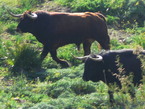 'Fray Bentos Tanks'
'Fray Bentos Tanks' 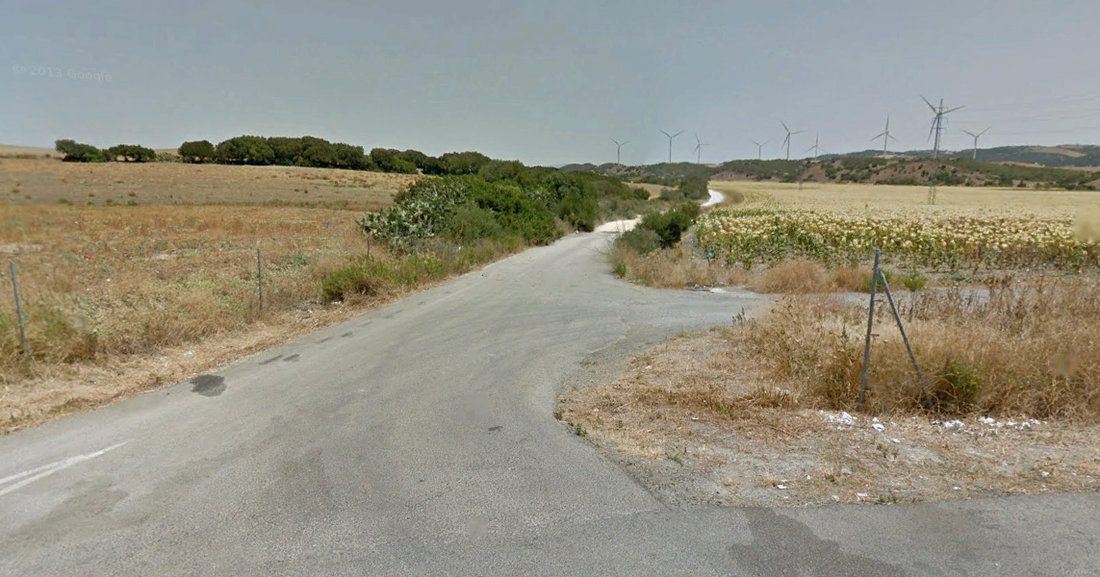 Track where it emerges beside the E5 near Conil
Track where it emerges beside the E5 near Conil 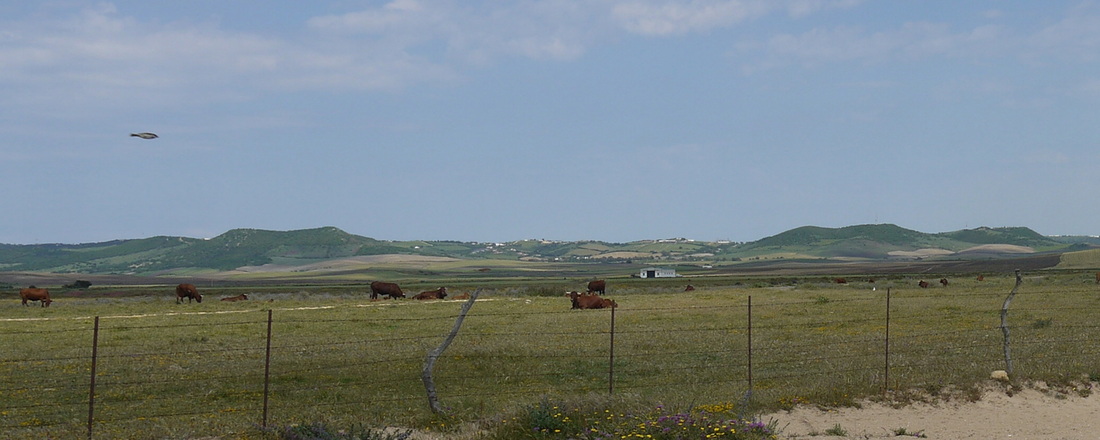 Looking towards the A2233 from (e)
Looking towards the A2233 from (e) 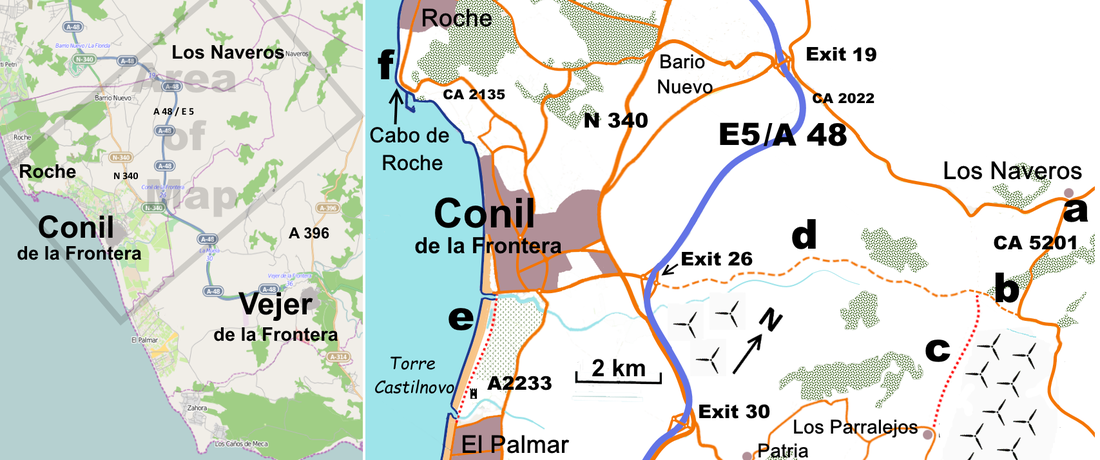
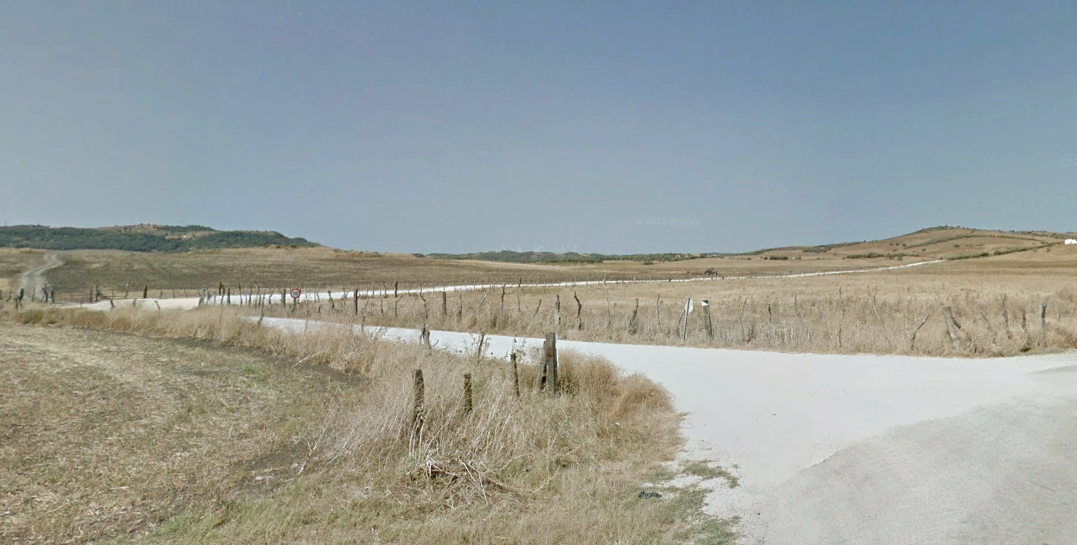
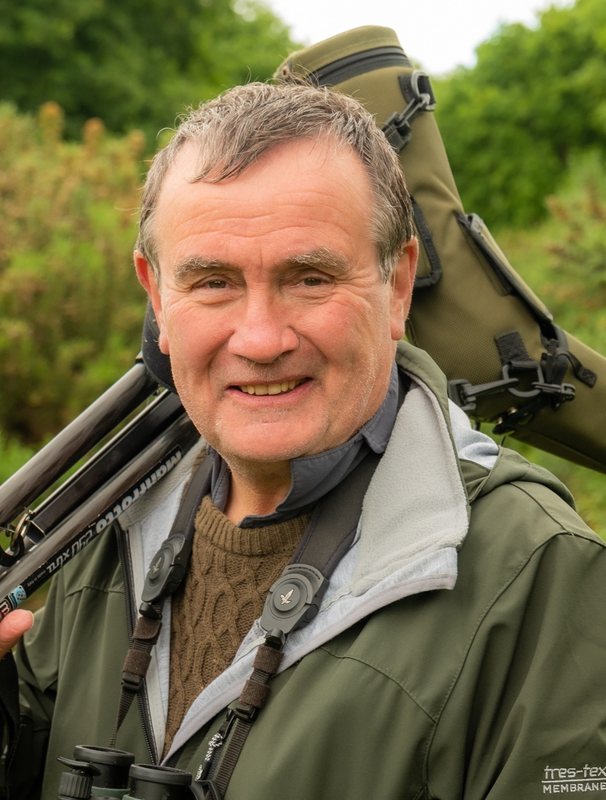
 RSS Feed
RSS Feed
